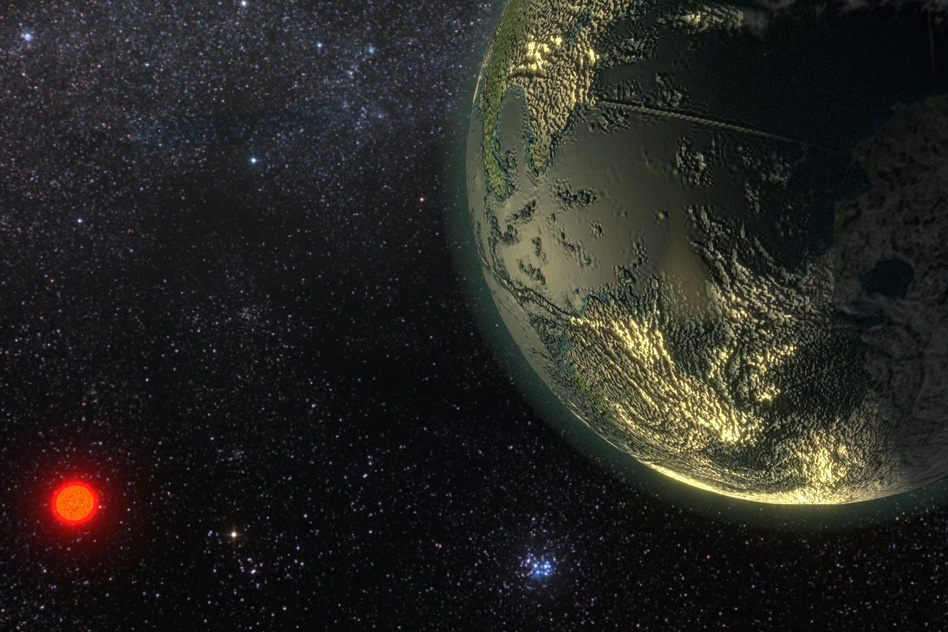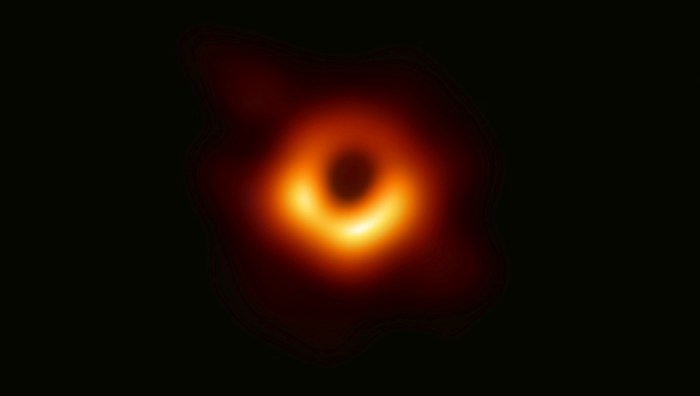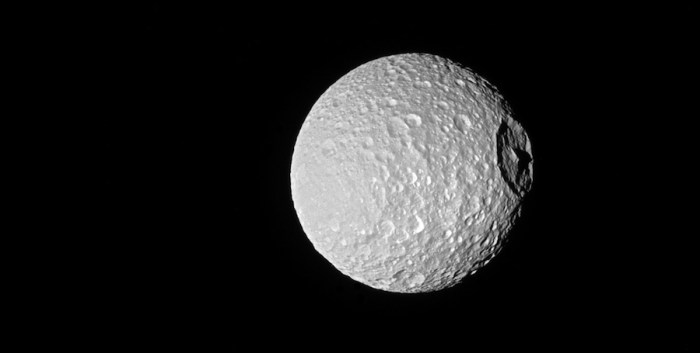It used to be that only astronomers, mathematicians or dedicated amateurs could gaze up into the sky and make a magical discovery.
Now, with the help of scientists from MIT and the Carnegie Institute for Science in Washington, anyone with an Internet connection can explore space in search of a new planet.
The team just unveiled data collected from two decades worth of telescopic observations, which examined more than 1,600 nearby stars.
The information, which monitored slight changes of a star’s light over weeks, months and years, could yield information signaling a gravitational pull from an undiscovered planet on that star, said Dr. Jennifer Burt, a researcher on the project. By looking at these stars, it is possible to identify exoplanets, which orbit stars outside our solar system, she said. MIT has made available the software packageneeded to view the dataand included an online tutorial, so anyone can search for signs of an exoplanet. Burt said there is a learning curve for the general public when it comes to understanding the software, but it’s within reach and she hopes the project will inspire more people to take an interest in astronomy. “Physically what’s happening is, if there’s a planet orbiting around a star, then the gravity of that planet actually tugs on the star,’ she said. “If the star is moving toward or away from us, we see the light from the star shift.” Scientists call this method of tracking periodic back-and-forth shifts of light a star’s radial velocity. From the data collected, scientists can then calculate the mass of that planet as well as how far away it is from the star, which tells you how long its orbit is.
Burt is a Torres Postdoctoral Fellow in MIT’s Kavli Institute for Astrophysics and Space Research. She began working on this project while earning her Ph.D. from the University of California, Santa Cruz, and is now hoping to get more scientists, and even the general public involved. Call it crowdsourcing the stars.
“Our team just isn’t big enough to really take the time and consideration that you want to give this kind of data resource,” she said. “The database and the software that my team uses are both publicly available now, so you can download and play around with the data yourself.” Because scientists in the field are making discoveries almost monthly, Burt said, the study of exoplanets is exciting and constantly changing. The first confirmation of exoplanets came in the 1990s, though people for years had assumed they existed. “But [scientists] didn’t know how common exoplanets were, or what kind of planets they are,” she said.
The radial velocity method is responsible for detecting the first 100 exoplanets scientists discovered, and more methods have been developed since.
With all that information, Burt said, scientists think planets may exist around almost every star in outer space. That’s a lot of planets left to discover.
Too many for scientists to track by themselves, which is why the new online data could prove a useful tool to possibly speed new discoveries.
It is also a way to get a younger generation of aspiring astronomers involved, or to introduce the field to people who may not have previously taken an interest, she added.
“They’re looking at what actual science research looks like,” Bart said. “Anyone can be a scientist. Anyone can look for planets and play with this data.”
MIT scientists want your help discovering planets

Ricardo Ramirez
























